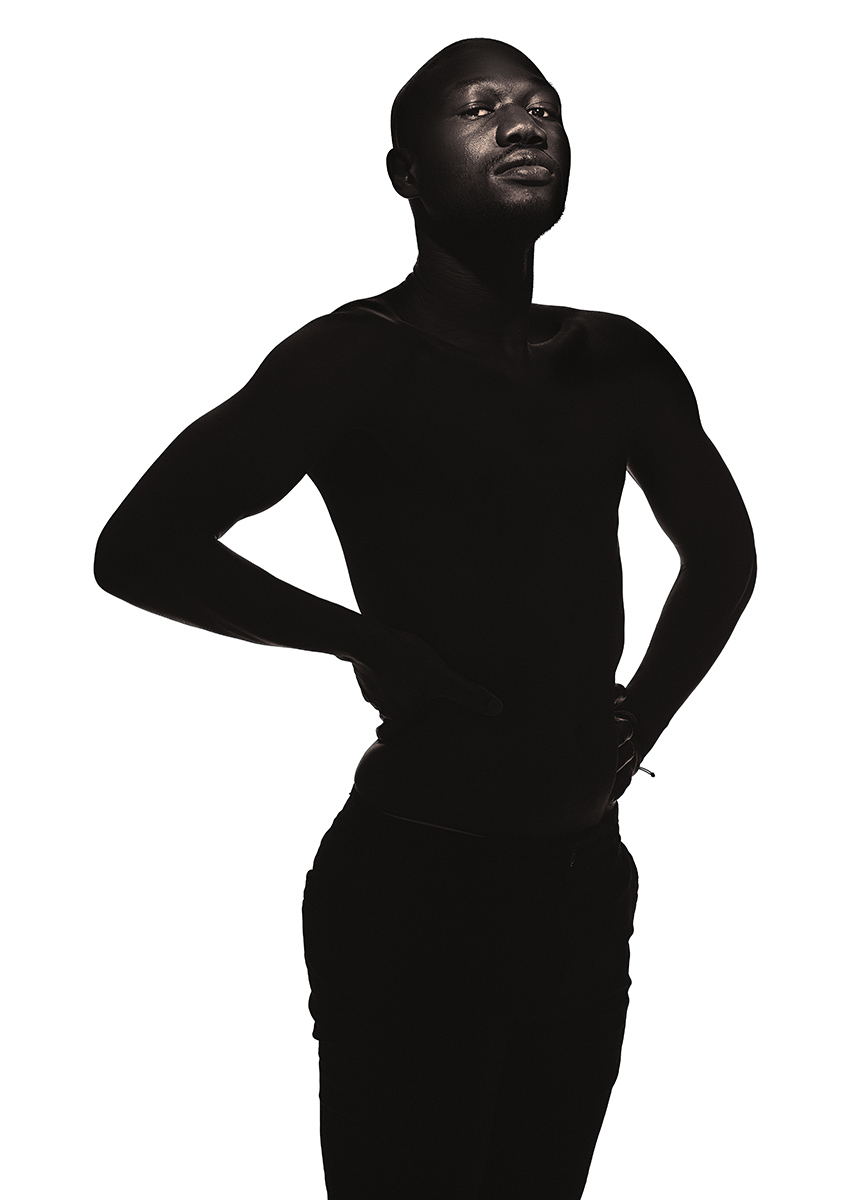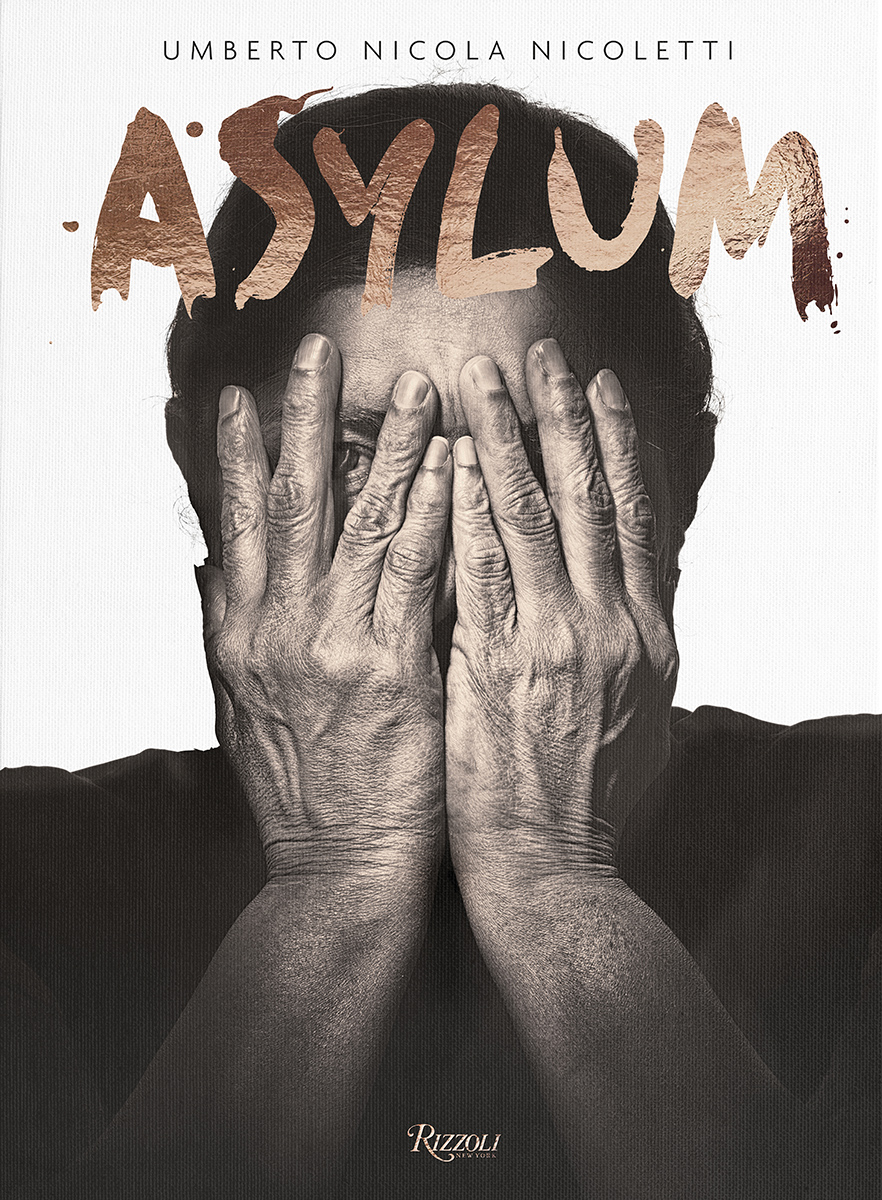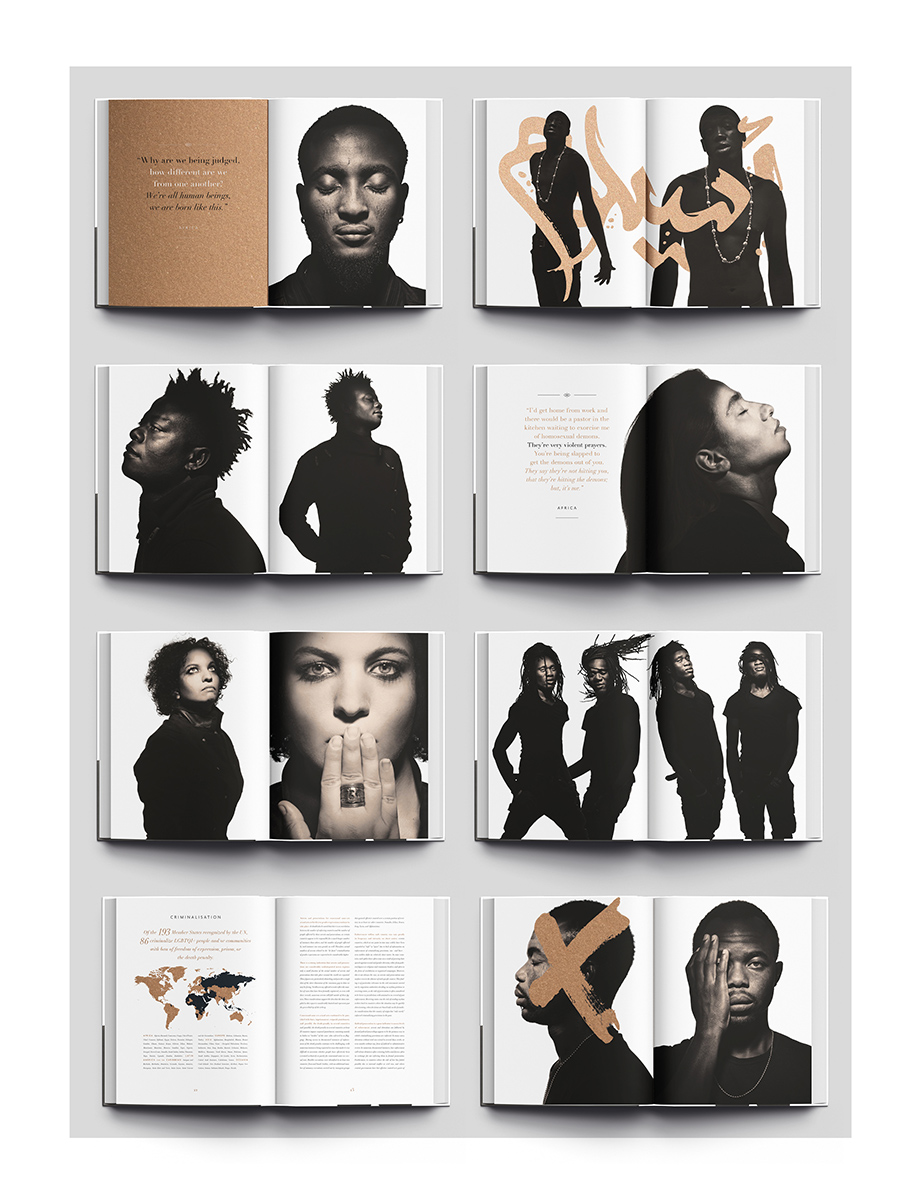Asylum
© Umberto Nicoletti43% of the countries in the world today still have prison or death penalties just for being LGBTQI+
This project and fine art book portrays the ordeal of LGBTQI+ refugees, asylum seekers who are subject t o discrimination and persecution in their home countries based on their gender and sexual orientation. Told visually, it features portraits of asylum seekers and describes the challenges they face during the asylum process.











All human beings are born free and equal in dignity and rights. The opening words of the Universal Declaration of Human Rights are unequivocal. However, the reality can be different for many people around the world. Imagine being afraid to express your feelings. Imagine fearing to show your true self or being abused by family members or state authorities because of who you are or who you love. Imagine being forced to flee to find safety and face harm and discrimination also in the receiving communities, due to homophobia, biphobia, and transphobia. As forcibly displaced LGBTQI+ people experience multiple forms of stigmatization and violence, we, at UNHCR—the UN Refugee Agency, which I have the privilege to guide—redoubled our commitment to respond to their protection needs, by establishing- ing safe spaces, ensuring access to services, and partnering with LGBTQI+ people and their organizations to address the challenges they face. I had the opportunity to meet LGBTQI+ refugees like those bravely starring in this book. They report experiences of violence, rape, torture, detention, criminalization, isolation, and rejection. These are just some of the human rights violations that they endured. Breaking the silence, they tell us not only about their grief but also their fight to affirm their rights and to show who they are, proudly and fearlessly. Making themselves visible, telling their stories, and showing their faces, they courageously send a message of hope to others around the globe who are discriminated against and persecuted because of their sexual orientation, gender identity, gender expression, and sex characteristics. The depth of their gaze, which reflects their self-determined gender, the power of their voices, and the willingness to express their wishes and to claim their rights, encourage others who are suffering to realize that they are not alone, and to dream of a new life, where people can love who they want and be who they are. This is also a call to each and every one of us to stand by them, to unite and create a sense of belonging in supportive communities. May these stories be of inspiration for all of us, to build more inclusive and welcoming societies.
--
Filippo Grandi -United Nations High Commissioner for Refugees
click to view the complete set of images in the archive


